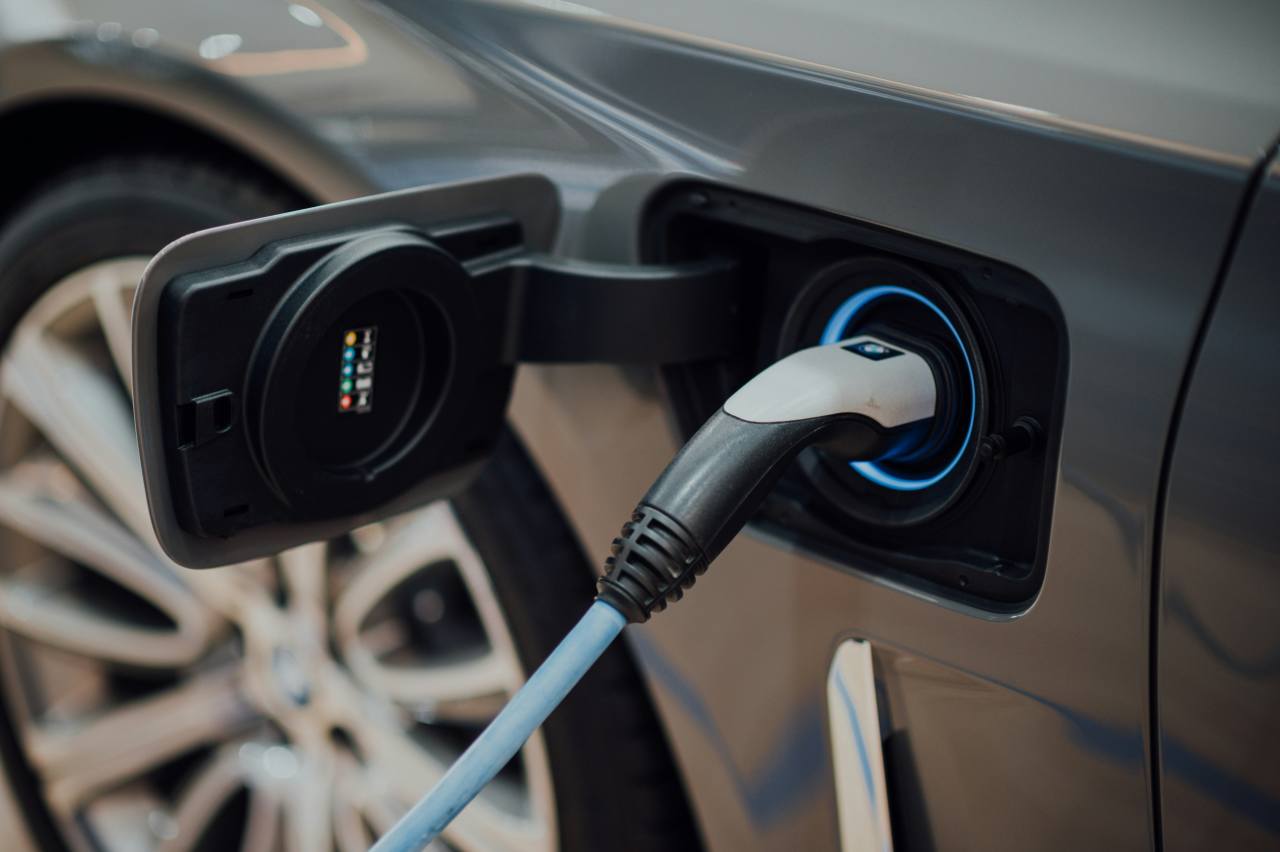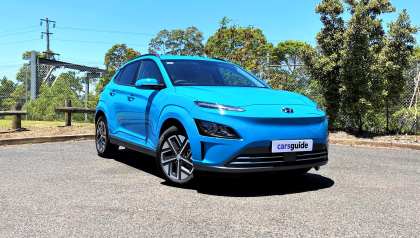The second-generation Kia Niro enters a hotly contested electric small SUV space in Australia, and I’m spending several months with one to see if it’s a particular standout.
The Niro I’m looking at this time is the fully electric version, as opposed to the plug-in hybrid I was looking at for my last long-term review.
I’m excited by what’s on offer in this car immediately. A long electric driving range (460km on a full charge), improved dimensions and an expanded list of features, as well as some interesting additions this time around, which could well set it apart.
With little time for introductions, the Niro was put straight into action in its first month, ferrying me over long freeway distances, putting its range and drivetrain to the test. I found lots of good things, but it’s not without occasional annoyances.
Before I hop into what I found, though, let’s get acquainted with the exact car I’ve picked up.
.jpg)
It’s a Niro electric in top-spec GT-Line form, which costs from $72,100, before on-road costs.
Immediately, this is a painful number to look at, with the Niro now costing only a few hundred dollars less than the base EV6 which is larger, sports an 800-volt architecture, and represents the next generation of Kia technology.
It’s also more expensive than the most affordable 2WD version of the Hyundai Ioniq 5 (from $69,900 - if you can get your hands on one), not to mention the Tesla Model 3 (from $65,500) or Polestar 2 (from $63,900), though neither of those last two are SUVs.
The odds appear stacked against it, then, but I wouldn’t write it off too quickly. If its revolutionary re-design from the exterior isn’t enough to catch your eye, the interior greets you with the same futuristic enthusiasm.
There are so many interesting textures, an impressive dual-array of 10.25-inch screens for the dash and multimedia system, and the overall design theme which says this car is very much a mini EV6.
.jpg)
I love it for this. Korean electric cars do a great job of feeling futuristic, and not only does the new Niro nail the brief but it feels massive on the inside, too. The old car was big, but this one is enormous for a ‘small’ SUV.
On this front at least, it feels more comprehensive and even more ‘premium’ feeling compared to low-cost rivals like the MG ZS EV or BYD Atto 3.
After a few days getting used to the new interior and its tech, the Niro was thrown in the deep end with a return trip to Canberra in my first month.
This four hour, 300km drive offered plenty of time to get acquainted with this car’s freeway manners and level of long-distance comfort, and I’m pleased to report it’s impressive on both fronts.
The new seat trim proved surprisingly cozy despite feeling a bit odd to the touch, and the car has taken a big jump in refinement compared to its predecessor, in which I did a similar trip just a few months ago.
.jpg)
Road noise is much more under control, as are the lane assist and adaptive cruise features.
Perhaps most impressive is the Niro’s open-road energy consumption. This is an electric car after all, and in case you didn’t know already, electric cars are the opposite of combustion vehicles in that they are less efficient on the freeway than they are around town.
In some EVs the difference between freeway consumption and city consumption can be extreme, but the Niro was much more predictable than I had expected. On the uphill run (that is, Sydney to Canberra) it lost a chunk of range at some points, although I only started with a dash-reported 270km range at sixty percent charge, accepting I would use the fast charger at Goulburn to make the rest of the distance.
I arrived at the charger with just 25 kilometres of range left, suggesting a loss of 50km of range to the freeway. Harsh, but not unusual for an uphill run in an EV.
After my time in Canberra was done, though, the range calculation proved dead accurate, with a 380km dash-reported range at 85 percent staying on-course for the remainder of the journey home.
.jpg)
I would have made it with around 70km to spare when I got home, but a stop-revive-survive break at Suttons Forest revealed yet another fast charging station (installed with the help of the federal government’s ARENA funding) which I had no idea even existed. Figuring I needed a coffee anyway, I plugged in so that I would have some charge for a drive the following day after my return home.
Despite a largely uneventful trip, and impressive levels of comfort from the Niro, there was one particular annoyance. The Apple CarPlay just wouldn’t stay stable no matter what I did. I tried three different cables, yet the connection was patchy. Sometimes it will drop out after five minutes, sometimes just a few seconds, and bizarrely it survived my whole three hour trip home. Weird. I’m not sure if it's just this particular car which experiences this issue, as usually the Kias and Hyundais I’ve tested are pretty reliable when it comes to the cabled phone connection.
Around town I should also note the new Niro is not quite as savvy as the old one. You really notice its extra length when it comes to parking and its extra weight in the corners, with my partner saying she much preferred the old one to drive despite the flashy interior appointments of the new.
The steering has a heavily electrically-assisted feel, which matches the character of the car, but also misses out on some of the organic feedback of its predecessor.
_0.jpg)
I do enjoy this Kia’s smooth electric drive features, and its adjustable levels of regenerative braking. The single-pedal mode is particularly neat around town, and super efficient, allowing the car to settle on a consumption number of just 14.9kWh/100km during its time in August, despite hitting peaks of 19.8kWh/100km at some points on the freeway. I am very surprised to find that this is still well ahead of the 16.2kWh/100km official claim. Impressive.
My first month with the car consisted almost entirely of fast-charging sessions, and the Niro's battery technology has improved to keep a higher and more stable charging speed. While all my sessions were at 50kW locations, the Niro would charge at that speed beyond 80 per cent, and is theoretically capable of much higher. I will investigate this in later instalments.
Stay tuned for the next instalment, where something very cool and unexpected will happen. I'll also be able to take this EV on another journey, and hopefully extract a more city-focused consumption number.
Acquired: August 2022
Distance travelled in August: 793km
Odometer: 1352km
Average energy consumption in August: 14.9kWh/100km
Kia Niro 2023: EV GT-Line Body C Pillar
| Engine Type | 0.0L |
|---|---|
| Fuel Type | Electric |
| Fuel Efficiency | 0.0L/100km (combined) |
| Seating | 5 |
| Price From | $44,220 - $51,370 |
| Safety Rating |
|
Pricing Guides


.jpg)


.jpg)
.jpg)
.jpg)




































.png)








.png)




.jpg)
.jpg)
.jpg)
.jpg)
.jpg)
.jpg)